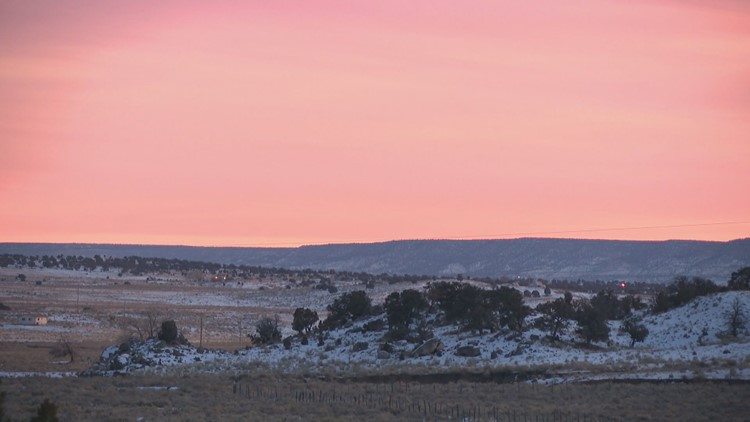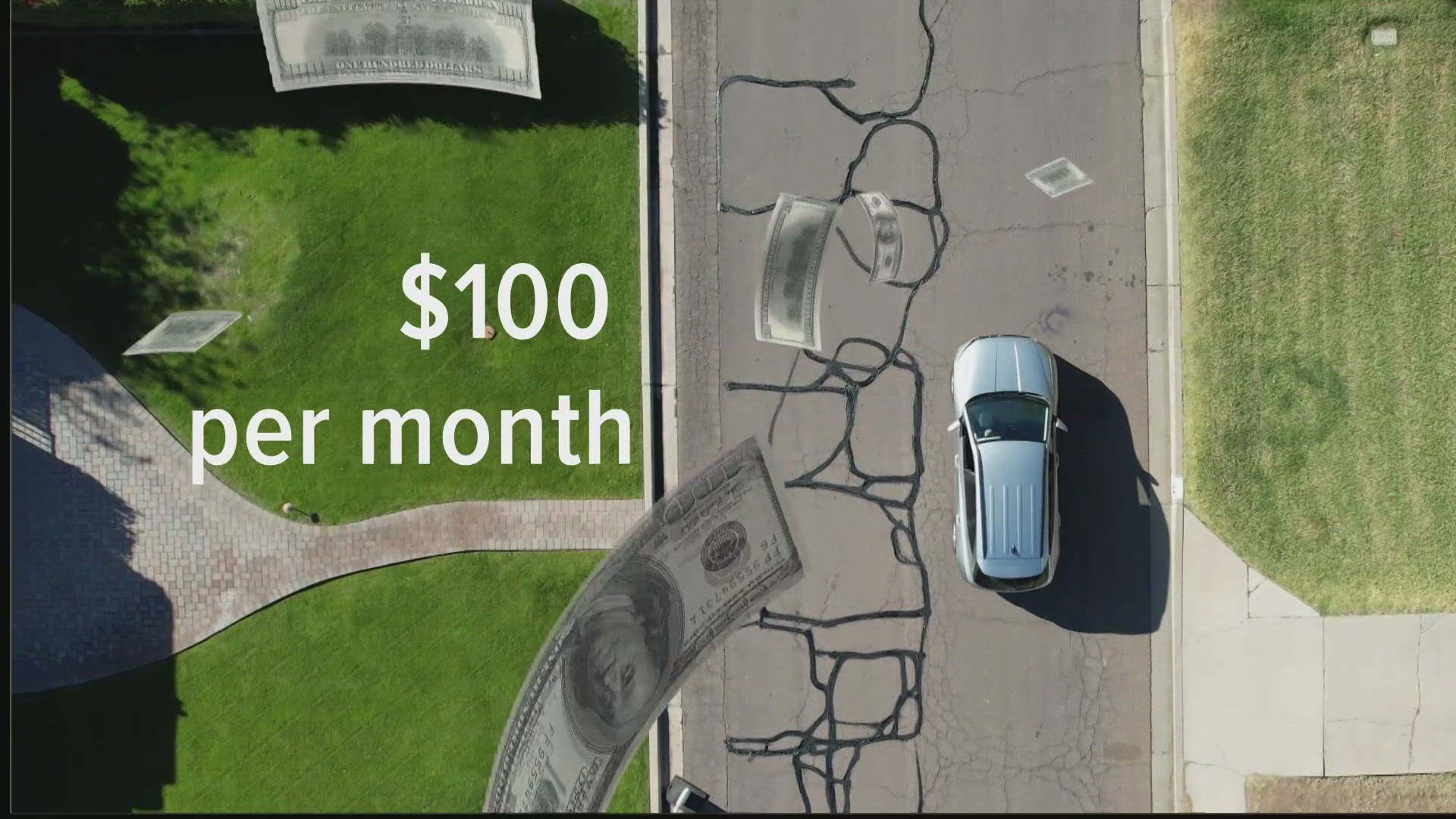WINDOW ROCK, Ariz. — Navajo Nation President Jonathan Nez and Vice President Myron Lizer praised the signing of the Savanna’s Act and the Not Invisible Act into law.
President Donald Trump signed the laws, which will help to address the missing and murdered Indigenous women epidemic that continues across the United States, on Saturday.
The murder rate among Indigenous women is ten rates higher than the national average. That means 84% experience violence in their lifetime.
Among other provisions, the Savanna’s Act creates new guidelines for responding to cases of missing and murdered Indigenous women and creates incentives for its implementation.
The Not Invisible Act creates an advisory committee on violent crime.
This includes tribal leaders, law enforcement, federal partners, service providers, and survivors. The group will be tasked with issuing recommendations to the U.S. Department of the Interior and Department of Justice.
Savanna’s Act is named in honor of Savanna LaFontaine-Greywind, a member of the Spirit Lake Tribe, who vanished from her apartment in Fargo, North Dakota, She was eight months pregnant at the time. Eight days after she disappeared, her body was found wrapped in plastic in the Red River, her baby cut from her womb.
The act authorizes best practices in conducting searches for missing persons on and off tribal land, establishes standards on the collection, reporting, and analysis of data and information on missing persons and unidentified human remains, and requires the culturally appropriate identification and handling of human remains identified as belonging to American Indians.
It also provides guidance on which law enforcement agency is responsible for inputting information into databases, how agencies can improve response rates and provide culturally appropriate victim services.
Lastly, Savanna’s Act adds two new purpose areas to two existing grant programs administered by the Justice Department, specifically, allowing grantees to use funds to implement policies, protocols, and training for law enforcement regarding cases of missing or murdered Native Americans, and to compile and report data to the Attorney General.
It is unknown how many Native women go missing each year due to the lack of adequate data systems and coordination within law enforcement agencies.




